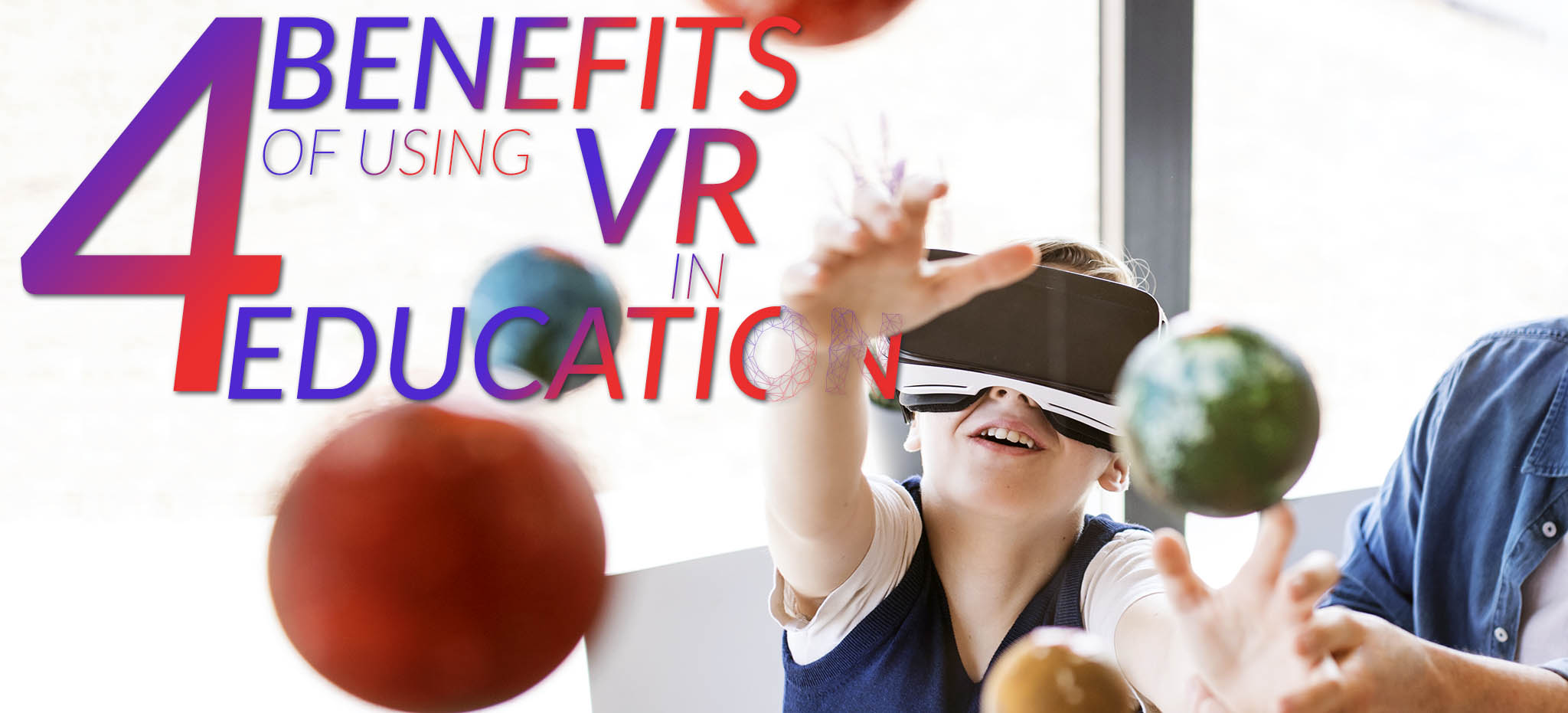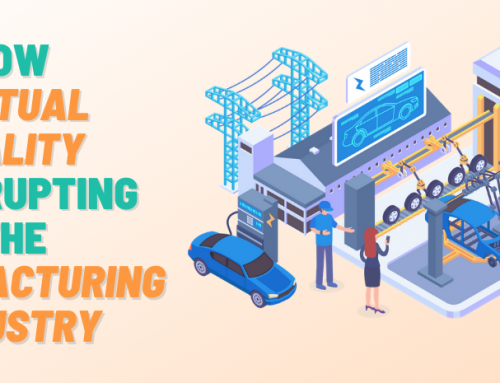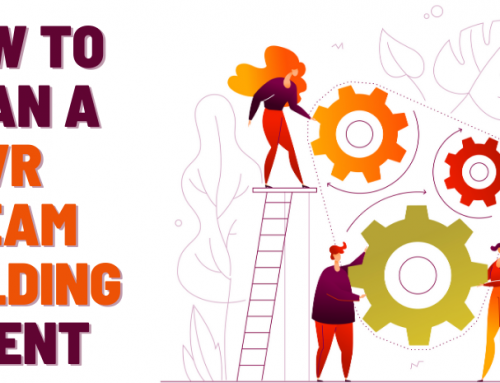
INTRO
Even though there’s still a way to go before VR becomes mainstream in the classroom, there’s no denying the benefits this technology brings to education. Early testing and trial classes with children of all ages have shown that VR offers so much more than traditional ways of learning through textbooks and even through standard computers do.
To help you understand how VR will shape the future of education, here we have outlined four key advantages to using virtual reality in the classroom.
1. PROVIDING CONTEXT
It’s one thing to be learning by reading or trying to retain facts from a textbook, while it’s another thing entirely to be able to put those facts into context.
Through its graphics and its immersive experience, VR allows children to add visuals to their newly-gained knowledge. Transport them directly into space for a comprehensive guide of the solar system or how the Moon orbits the Earth, or perhaps drop them in the middle of World War I, so they can witness all the major events for themselves.
Providing context to dry information that you’re trying to understand makes it a lot easier to embrace even the most abstract of concepts.
2. 3D VISUALIZATION
Speaking of abstract concepts, the ever-expanding world of VR doesn’t help only with visualizing past scenes or unreachable destinations. 3D visualization has an important role in understanding systems and theories related to math, physics, and chemistry as well.
Math functions and endless chemistry compounds may be quite a pain to learn for most children. However, through the use of VR, these students and their teachers will be able to present the functions and the compounds in 3D, allowing them to get a clearer view of what they’re working with.
Many students – many people in general – are visual learners, and for those who are having trouble studying from books, VR can be a real lifesaver.
3. IMPROVING RETENTION
The previous two benefits tie into this one, which is the fact that, with providing context and presenting everything in immersive 3D, VR helps children retain information for longer.
It’s not always easy to recall what you’ve learned, especially in a high-pressure situation such as a test.
VR, however, enables children to experience their lectures literally all around them, and perhaps even have an emotional reaction to them. All of this leads to having a better grasp of a certain subject and to internalizing knowledge in ways that textbooks don’t always allow you to.
Imagine holding a human heart in your hands. Chances are that you will remember a lot more details about its shape, its function, and its purpose than if you had only seen it in a blurry picture in a book somewhere.
4. INCITING PASSION
The last, but certainly not the least reason for looking forward to the use of VR in education is the fact that it incites passion in students.
That’s right – younger generations love new technologies! They’re all about the latest smartphone, tablet, gadget, burying their noses in new specs and things that dazzle them. VR is no different, as it is still a largely new and unfamiliar technology to most children.
With the introduction of VR, there’s an automatic spark of curiosity. Students want to try new things, experience new ways of learning, and by having VR in their curriculum, they will become eager to explore new ideas.
A classroom that was once quiet and boring becomes exciting and full of life when VR comes into the picture.
ONLY THE BEGINNING
These four benefits of virtual reality in education are, of course, not the only ones. They are just the tip of the iceberg when it comes to all the good things both teachers and students may gain from the new technology.
Other benefits that deserve a mention are the improved development of speaking skills in preschool kids, enriching literacy, supporting children with special needs, and of course, allowing distance teaching and learning, with teachers and students from all over the world coming together.
We are part of the ongoing EdTech revolution with our Immersive4Learning platform. I4L uses AI processing to make a truly personalized learning experience for students, teachers and even companies! It can be used in a variety of use cases. Immersive4Learning is improving regular education, language learning and is eve used for industrial and corporate training!
It’s hard to say exactly when VR will become a permanent teaching aid. However, we’re sure that it will happen sooner than you think, and we’re all the more excited for this new era of education to begin!


